What is on offer?
If PPP does well in the May elections, it will be largely because of the success of Benazir Income Support Programme.
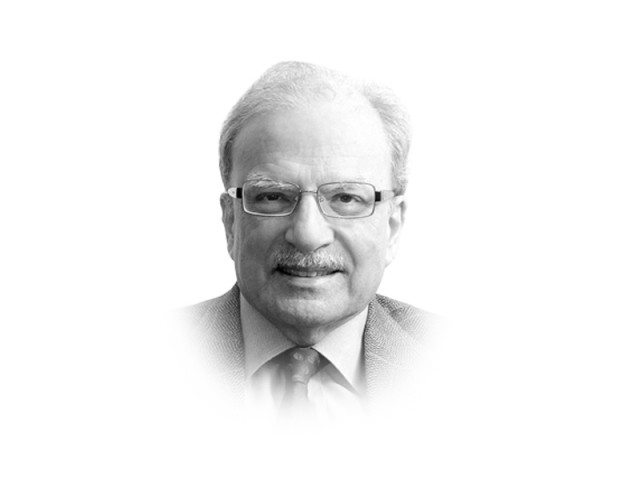
The writer is a former caretaker finance minister and has served as vice-president at the World Bank
“Our manifesto is based on the bedrock of ground realities,” says the document issued by the party’s secretariat. Unlike the manifesto of the Pakistan Muslim League-Nawaz, which identified the authors that wrote it, the PPP is silent about the identity of the people who drafted its pledge for winning the electorate’s favour. The manifesto is mostly silent about the party’s record in office other than taking much credit — and deservedly so — for setting the stage for the inauguration of a new political order. The preamble to the document also mentions the Benazir Income Support Programme (BISP) as one of its great achievements. As is the case with many such programmes around the world, efforts aimed at supporting the poorest of the poor have generally resulted in great deal of corruption. Even though Pakistan is now ranked as one of the most corrupt countries in the world, the BISP has avoided egregious waste and has mostly succeeded in reaching the intended targets. If the PPP does well in the May elections, it will be largely because of the success of this programme. One of its main features was the empowerment of very poor women.
“We make no promises for which we cannot find resources, nor do we plan to rebuild Pakistan from the top-down through trickle-down profits. Anyone governing Pakistan in the next 10 years of global recession and regional security upheavals will also have to make tough fiscal, economic security and governance decisions.” One part of this statement is puzzling since the global economy in the next five years will not be in recession but will be recovering from the one that hit it in 2007-09. Pakistan should be preparing to take advantage of the enormous structural changes that have occurred as a consequence of what the economists call the ‘Great Recession’. The second part of the statement is correct since the promised withdrawal of the United States from Afghanistan and the Sunni-Shia conflict in the Middle East will indeed create “regional security upheavals” against which Pakistan must guard itself. The killing of Shias earlier this year in the sensitive cities of Quetta and Karachi has already alerted the country as to what could happen if extremism is not handled with the needed firmness.
What follows this statement is a promise to work for the poorer segments of society, which at the time of its founding as a political party, was the main constituency to which it appealed. “A nation that is economically insecure at the bottom of the pyramid, capitally uncompetitive and infrastructurally unprepared stands a poor chance of survival in a world that is shifting political and economic gears rapidly.” Expecting a rapidly changing world, the party goes on to promise “key programmes” it will announce in the first 100 days of assuming office at the federal and provincial levels. Keeping its focus on the poor, the manifesto promises action in seven areas. It will work to meet the “basic needs of the economically and socially disadvantaged”. This will be done by providing food security, shelter, health care, education, jobs, worker protection and equal opportunity for all. The second plank in the promised programme is what is called “empowerment of all”, followed by the promise to direct the economy towards “equitable and inclusive growth”. There is hope that the growing personal and regional income and wealth disparities that marked the way the economy was managed for the last five years would be handled through the launch of a series of programmes called ‘waseelas’. They will cover the areas of education, health and youth employment. The manifesto promises to provide 4.5 per cent of GDP for education and attain universal literacy by 2018, three years after the commitment made as a part of the Millennium Development Goals. The manifesto makes no mention of the use of fiscal policy to redress inequality. This was one of the major shortcomings of its performance in office.
The manifesto promises to build “infrastructure for the future”, put in place a “new social contract”, protect the people against abuse by both, organs of the state, as well as those who refuse to respect the various laws of the land, and to end Pakistan’s increasing isolation by “engaging with the world”. The main approach adopted by the authors of the document is to invoke not the immediate past but the distant past — the days of the founding of the party in the late 1960s. Its cover carries in bold letters the slogan “roti, kapra, and makaan” that carried Zulfikar Ali Bhutto to electoral triumph in 1970. The approach adopted is to hope that in going to the voting booth, people will forget how poorly the party performed while it was in office these past five years but remember the promises made almost half a century ago.
Published in The Express Tribune, April 8th, 2013.






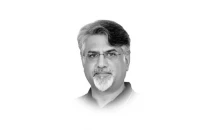

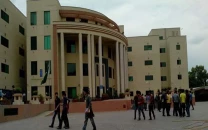

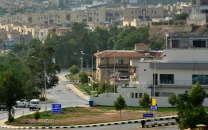


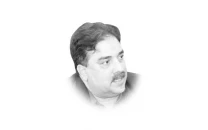

COMMENTS
Comments are moderated and generally will be posted if they are on-topic and not abusive.
For more information, please see our Comments FAQ